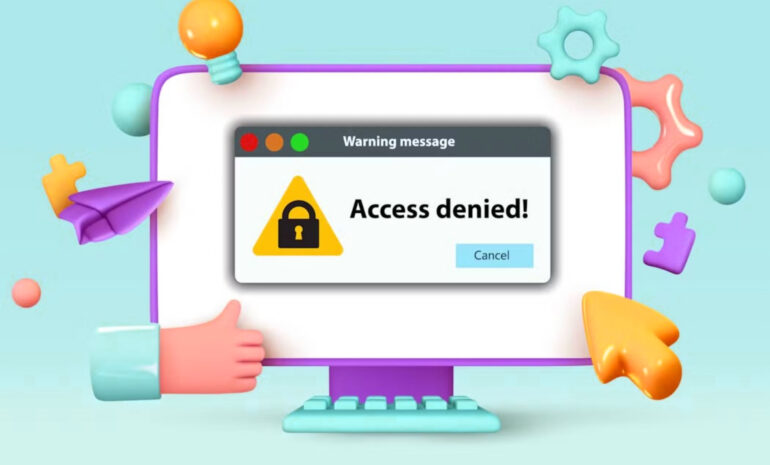Even the most assiduous protector of customer data cannot prevent every cybersecurity invasion, but since there are known entry points and identifiable and correctable weaknesses, title agency owners can be their own best defender by employing strategies that strengthen their defenses.
The goal, then, of a title agency owners should be to lock down, patch up, and minimize access across the spectrum of its technology to give their company’s and customer data the safest environment possible.
One of those techniques is the use of customizable role-based permissions. Why is this important?
The primary cause of data breaches is a combination of weak or stolen credentials and human error. Strengthening your credentialing program is an imperative, and a topic for another day. But limiting access through role-based permissions immediately narrows the potential for access, so it is a logical place to begin.
Role-based permission
Role-based permission is a strategy that allows a company to restrict access to resources based on the employee’s department, job function, rank, or responsibilities.
For instance, an employee record may have a multitude of data points attached to it. In a role-based structure, someone in the human resources department may have access to only a portion of the data – information they need for purposes of managing the HR function – while someone in finance may have access to a distinct set of data points based on their job responsibilities.
Role-based permission, often referred to as role-based access control (RBAC), is a process of assigning roles to each user with predefined permissions and having a system of authorizing employees to those roles to prevent unauthorized access to information or systems of which they have no need, thus limiting entry points and reducing the threat landscape.
Advantages of RBAC
There are several advantages to RBAC but the most significant is that it is an effective tool to mitigate cyber risk. This is particularly critical considering the predilection for work-from-home or hybrid workforces that by their very nature increase the dangers of cyber intrusion.
RBAC is a godsend of efficiency for the IT department, as it can manage permissions by a person’s assigned role, simplifying onboarding as well as more easily changing an employee’s access as they shift roles within the company. And of course, one of the most daunting tasks is keeping up with the removal of access as employees leave the company and RBAC as a centralized system makes this a much easier process.
Meeting compliance requirements is also served by RBAC, as it can help an agency more effectively meet data protection requirements by creating an audit trail, proving their adherence to sound principles of information security.
At Settlor, we take safety seriously and take active measures to help to ensure the privacy and security of each customer’s data, documents and customizations. In addition, our systems allow for customizable role-based permissions, giving our user maximum control over their security profile. Contact us today to learn more.


